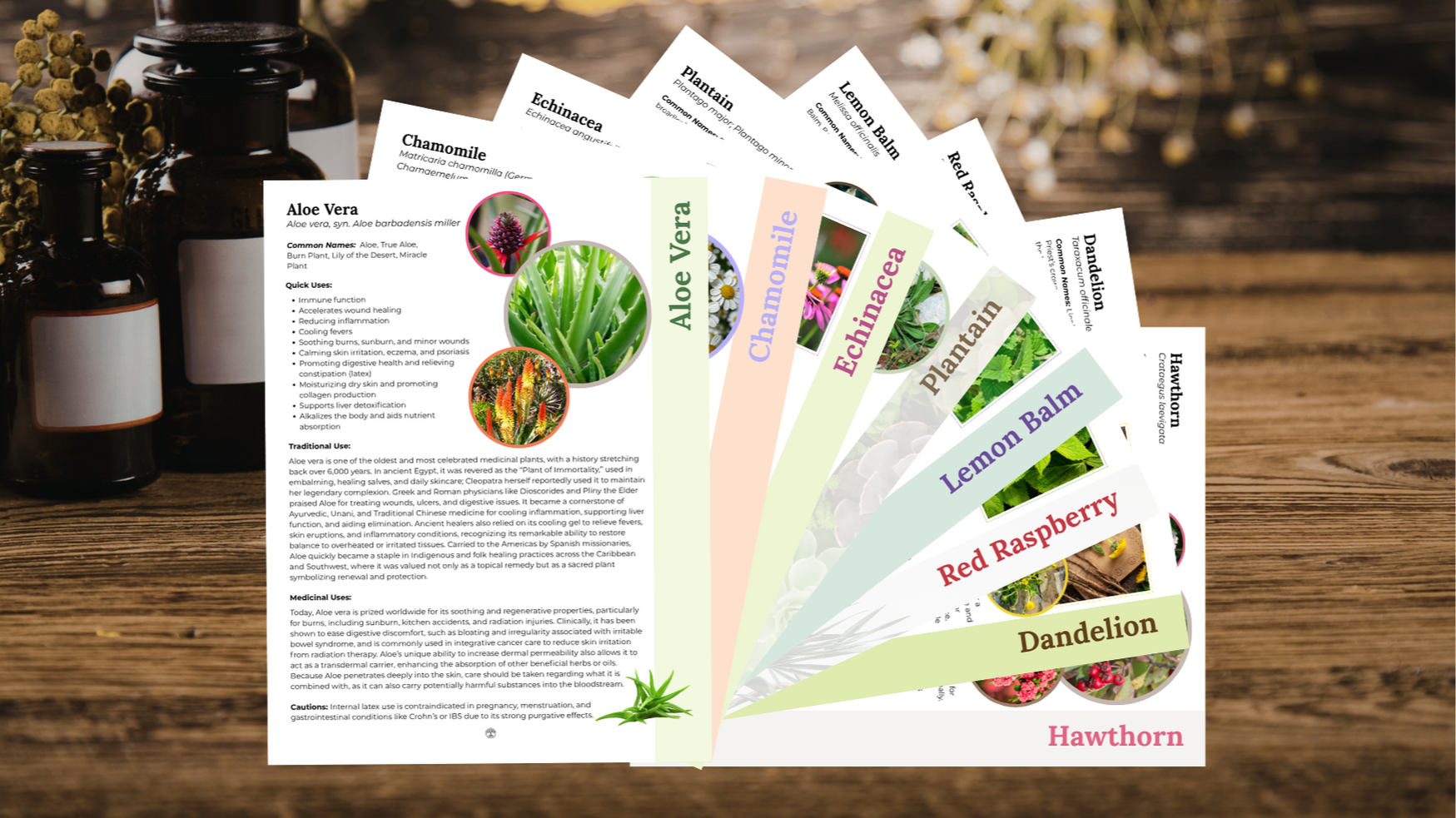BEE Smart For What SMARTS!
Jan 31, 2023Wasp Infestation
One year we had an infestation of wasps. They were everywhere and sometimes even got into the house if the door was left open too long. One day my son and daughter-in-law arrived for a visit. My son reported that his wife had been stung by a wasp while walking to the front door. She was not allergic, but usually when this happened it would leave a welt that would last for days. I sat her down and ran out to the yard and picked a couple of the plentiful leaves growing in my flowerbeds. I snipped the leaves into small pieces with a pair of scissors. As I did so, the leaves became somewhat moist. I squished them together and placed the mash onto the wasp sting. I placed a band-aid over to hold it in place. It was about 10 minutes later that my daughter-in-law told me that her sting no longer hurt. We removed the mushy paste and there was no evidence she had been stung.
Plantain (Plantago spp.)
The main action of plantain is drawing. It draws out the venom of insect bites and draws out debris from the wound. It also has soothing and healing properties.
There are 2 different common kinds of plantain. The first is the broad leaf kind and the second is the long narrow leaf kind.
Plantago Major
Plantago major has large leaves the fan out close to the ground. The back of the leaf is ribbed with parallel veins. The color of the leaves are dark green. There will be slender seed stalks in the center of the fan of leaves.
Plantago Minor
Plantago minor has green narrow long leaves, that grow upward. On the backside of the narrow leaves will be parallel ribs. In the center of the leaf bunch will be a large number of seed stalks, similar to the broad leaf plantain.
When either kind of plantain, if the plant does not have the seed stalks do not use it. The seed stalks, especially in the narrow leaf plantain, are key to identification. Plantago minor looks similar to other plants that are toxic. Please don't use plantain without confidently identifying it.
The leaves from plantain can be harvest at any time during the growing season. I freeze some leaves to use if needed in the winter when the fresh leaves cannot be found.
Kelly Summers, is a Master Herbalist & Natural Healing Guide®. She knows that knowledge is empowering and deeply desires to share the insights she has learned through her continued journey of learning.
References
Ganora, Lisa. Herbal constituents: foundations of phytochemistry. Louisville (CO): Herbalchem Press; 2009. Chapter 5: Carbohydrates in Medicinal Plants; p. 76.
Nazarizadeh, Ali, Et. Al. "Therapeutic Uses and Pharmacological Properties of Plantago major L. and its Active Constituents" J. Basic. Appl. Sci. Res., 3(9)xxxx-xxx, 2013.
Wood, Matthew. The Earthwise herbal: a complete guide to old world medicinal plants. Berkeley (CA): North Atlantic Books; 2008. Plantago majus, P. lanceolata. Plantain; p. 385-387.



